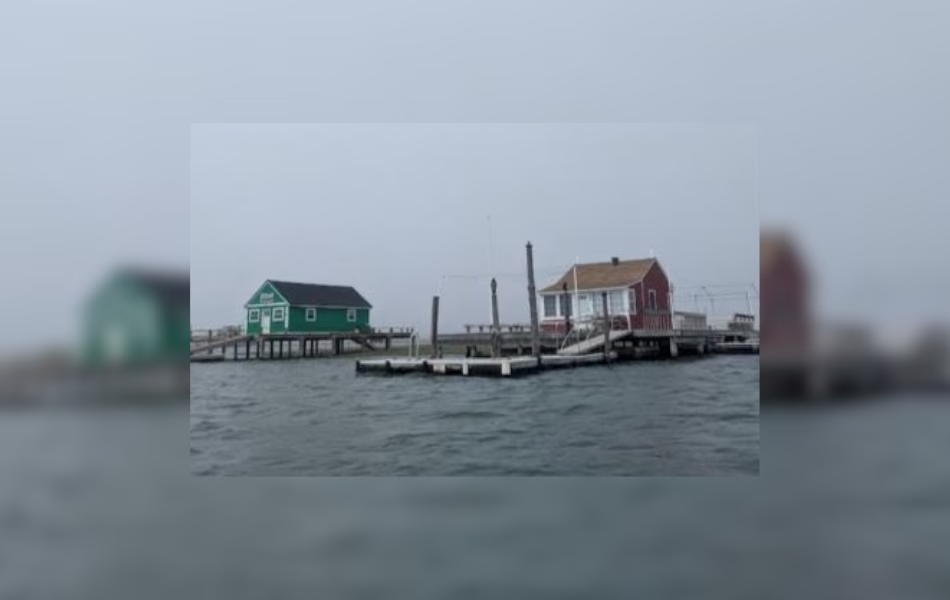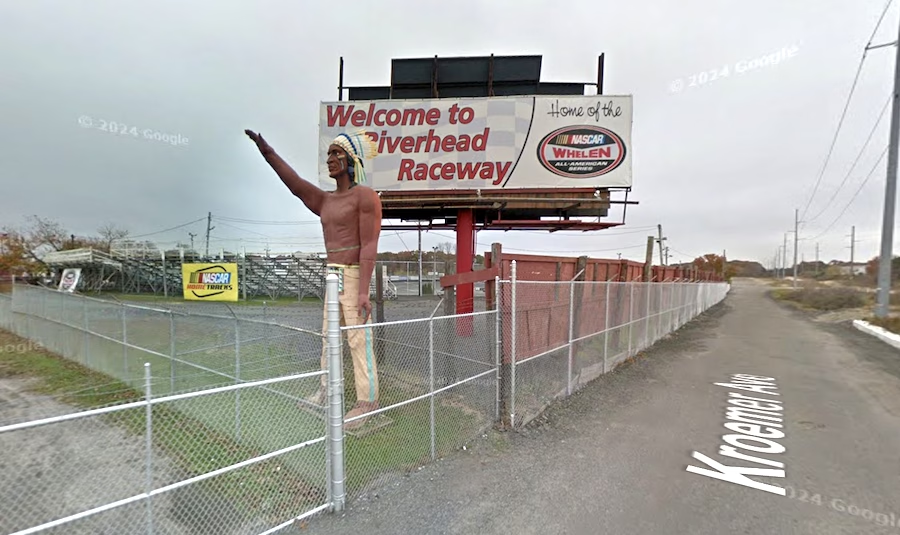Nestled within the marshy landscapes of Long Island’s Hempstead Bay are the remnants of a centuries-old tradition: bay houses. These charming yet rugged structures, perched precariously on stilts, have weathered storms, Prohibition raids, and conservation efforts. Built by baymen as early as the 1600s, these quirky homes hold fascinating stories that blend survival, innovation, and history.
Here are some incredible facts about these unique pieces of Long Island heritage:
A Life on the Marsh
- Bay houses are perched on tiny islands within the marshlands, accessible only by boat.
- The tradition dates back to the 1700s when the Town of Hempstead began leasing land along the bay.
- The first houses appeared around 1680, built by fishermen, baymen, and hunters seeking proximity to their livelihoods.
Bay Houses Built for Survival
- Constructed with no permanent foundation, bay houses rest on “mud sills”—wooden poles laid directly on the marshland.
- Many of these homes incorporate scavenged materials like driftwood, telephone poles, doors, and even parts of demolished structures.
- Ingeniously, some houses feature trap doors that can flood intentionally to anchor them during storms and prevent them from floating away.
Tales from Prohibition
- During Prohibition, rum runners used bay houses to stash contraband smuggled in from Atlantic ships.
- One legendary tale involves two locals who dried wet cash from their booze haul by tacking it to the walls. When federal marshals arrived, they found only the drying money. “Ain’t against the law to have money,” one quipped—and they got off scot-free.
Changing Tides of Bay Houses
- By the 1960s, around 300 bay houses dotted Hempstead Bay, but the passing of the Clean Water Act in 1965 drastically altered their fate.
- Many were removed to protect wetlands, and any home damaged beyond 20% had to be dismantled.
- By the 1980s, fewer than 50 remained, and no new ones were allowed to be built.
A Preservation Fight
- Nancy Solomon, a historian and preservationist, became a champion for bay houses in the 1990s. Dubbed their “guardian angel,” she documented their history, authored the book On the Bay: Bay Houses and Maritime Culture on Long Island’s Marshlands, and helped save the remaining structures.
- Thanks to her efforts, the Town of Hempstead reversed its removal stance and began preserving the bay houses.
A Modern-Day Rarity
- After Superstorm Sandy, only 14 bay houses remained in Hempstead Bay. They are now eligible for listing on the National Register of Historic Places.
- Bay houses can’t be bought or sold—they must be passed down within families or entrusted to designated caretakers.
- Many current owners are descendants of the original baymen, fishermen, and hunters who built them centuries ago.
The Artistic and Cultural Legacy of Bay Houses
- Acclaimed artist Daniel Pollera immortalized bay houses in his oil paintings, capturing their rustic beauty and charm. Pollera passed away in 2022, but his work continues to celebrate these icons of Long Island’s maritime culture.
- Beyond Hempstead, about 40 bay houses survive on Captree, Havermeyer, and Sexton Islands in the Great South Bay.
Explore the Legacy
To learn more about Long Island’s bay houses, check out the PBS documentary A World Within a World: The Bay Houses of Long Island or take a tour with Long Island Traditions. These homes are more than relics—they’re living testaments to a bygone way of life, floating on the edge of history and survival.
Click here for more crazy facts about Long Island!
Photo: Town of Hempstead




